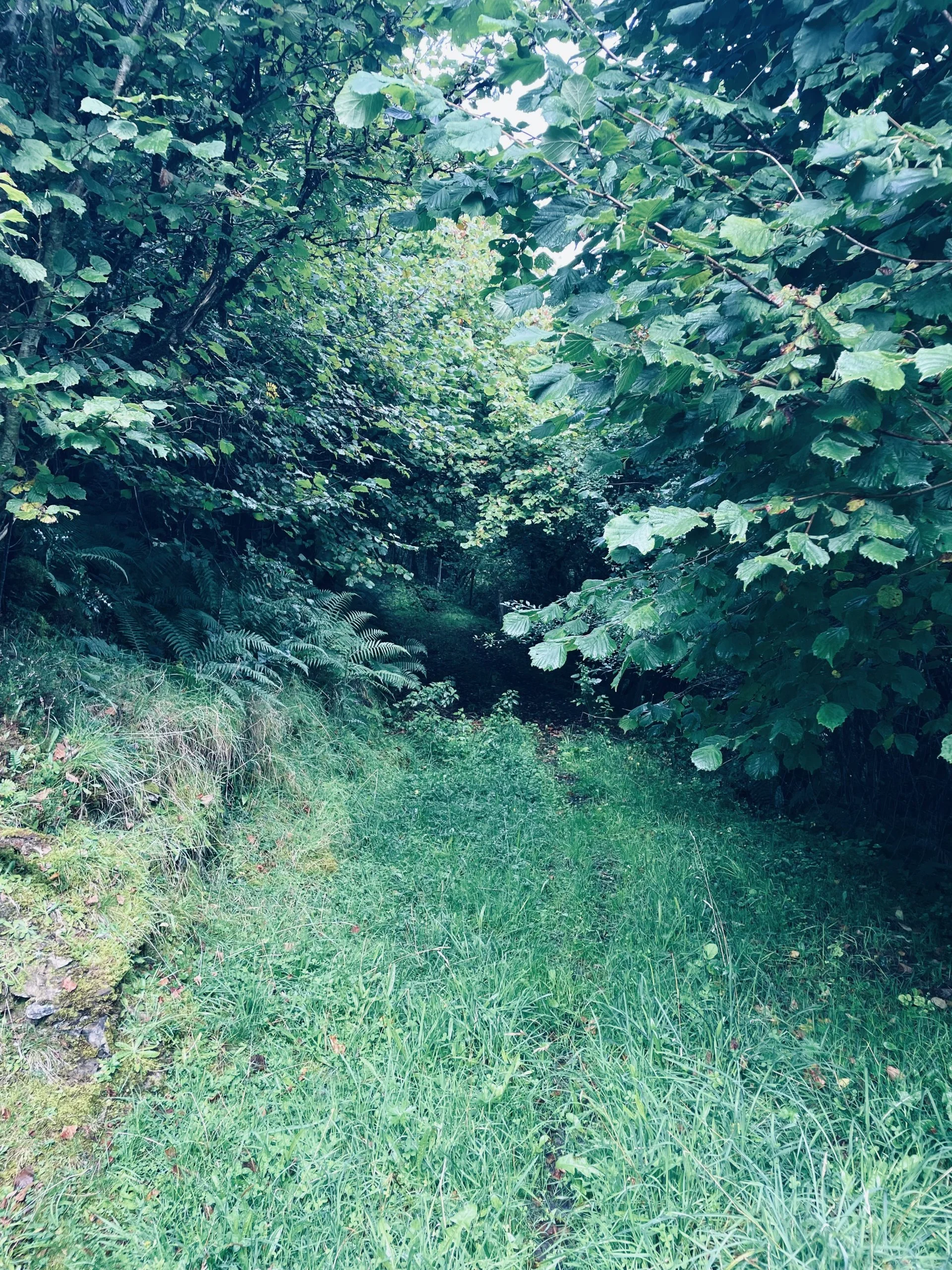The Murmuration
Upstream
Upstream is an offering of essays that map the landscape as I see it. Subscribers get full access to my work. If you are already a member, please login below.
If you are not currently a member but would like to join, please click here.
This article first appeared in Bumble, a fantastic journal showcasing the wonders of the natural world.
In the winter, when dusk is approaching and the river Lagan in Belfast is flat calm, a huge black cloud buckles and bends above the Albert Bridge. The spectacle stops traffic and causes pedestrians to pause their commute.
This is the starling murmuration.
Starlings are resident to the United Kingdom, however, cold European winters also drive non-native birds to our shores. Here, the starlings roost beneath bridges, in trees, under piers and on cliffs. They form gregarious gangs that are best known for their mesmerising aerial shows. The birds rise to a dizzying height before shifting to the left, then the right, before funnelling to the ground and rising again. They are dextrous and deft, causing many to question how they manage to avoid collision.
Starlings have extremely fast reaction times; a split second is all it takes to change their course. The place of an individual starling in this shapeshifting fog changes constantly during the murmuration. Scientists have suggested that this is in order to avoid air borne predators such as peregrine falcons and sparrowhawks. By minimising time spent on the edge of the flock, and the perpetual movement of the murmuration, starlings are less vulnerable to attack. This is known as ‘the confusion effect’. It has also been suggested that the giant wave of starlings acts as a signpost to other birds on the lookout for a tribe.
With hundreds of starlings engaged in elaborate airborne acrobatics, it is hard to believe that the number of these grease- slick birds has declined by 66% in recent years. Increased urban development, fewer eaves on houses, changes in agricultural practices and a shortage of food has led to the species being red listed. It is now a bird of great conservational concern. Our farm in County Down is a perfect nesting ground for starlings. The disused outbuildings are full of cracks and crannies in which the birds make their sloppy nests in April and raise half a dozen fledglings. They are extremely talkative as the male birds construct the nests. They speak in clicks and whistles like dial-up networking before wireless internet was invented. When the young are fledged and the birds make for Belfast, my daughter collects the little blue eggshells and asks when we can visit them on the Albert Bridge.
Starling roosts can be established as early as September, but most gather in October and November. With European migrants bolstering the numbers, the birds huddle together at night for warmth and a good ole’ gossip about the best winter feeding sites. If you were to observe a starling roost at night, you would witness a fascinating pecking order. The oldest male birds occupy the most sheltered, roomy spots with the juveniles sleeping shoulder-to-shoulder in the more exposed sites. They squabble and squawk throughout the night, vying for position, until the sun rises and they leave in search of breakfast.
The optimal time to witness the miracle of starling murmuration is at dusk during the winter months, October to March. Although their roost sites can vary year-on-year, there are a few spots they seem to favour. One of the most iconic viewing platforms is the derelict West Pier in Brighton. You can expect to watch clouds up to 40,000 birds strong. Along the English/Scottish border, even larger flocks can be seen showing off in Gretna Green. The Avalon Marshes at the Ham Hall Nature Reserve draw ornithologists from all over the world to witness the death-defying performances. The town pier in Aberystwyth is a popular roosting site in Wales; on a clear evening the starlings put on a show worth travelling for. The RSPB Leighton Moss in Lancashire provides a reed bed habitat for the adaptable starling. Huge murmurations can be witnessed above the saltmarshes and reed-flanked wetlands. And if you happen to be in Belfast, you can join me and my children on the Albert Bridge as we try to pick out the starlings who sang love songs in our farmyard in the Spring.
Latest Publications
Search Site
related journal entries
People With Whom I Have Worked

















